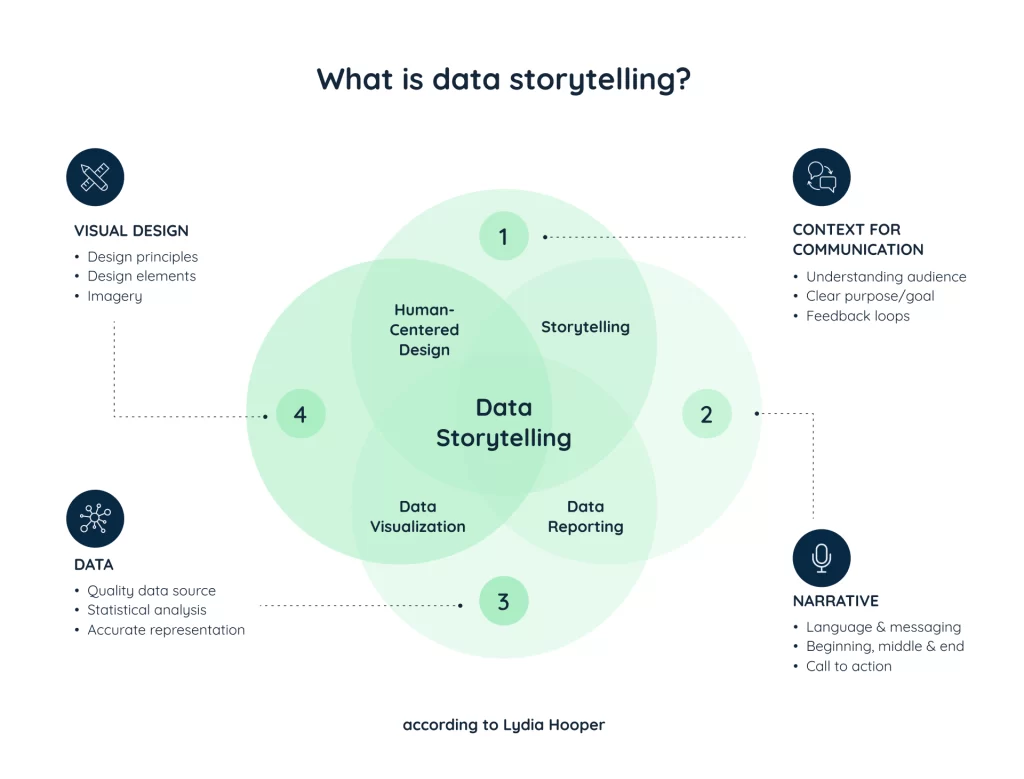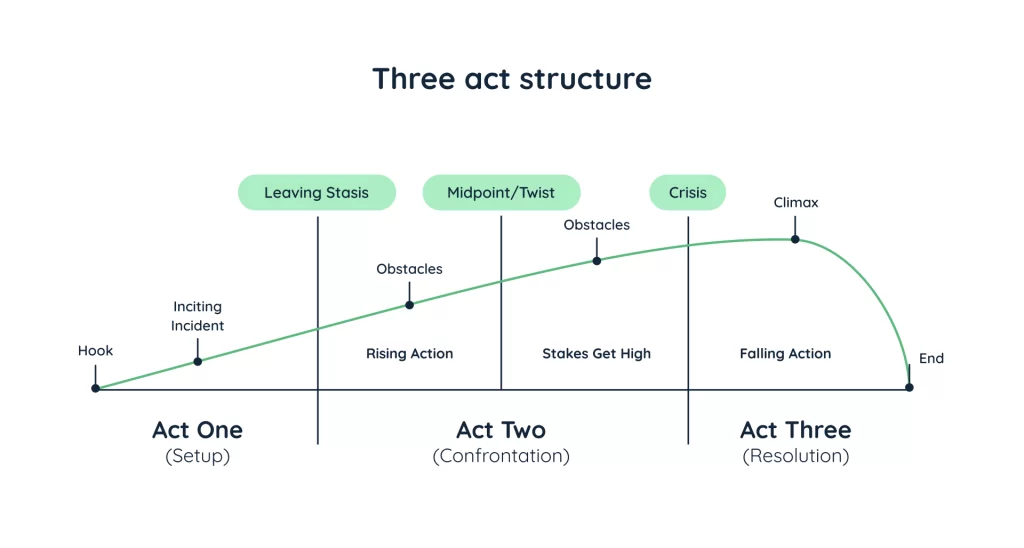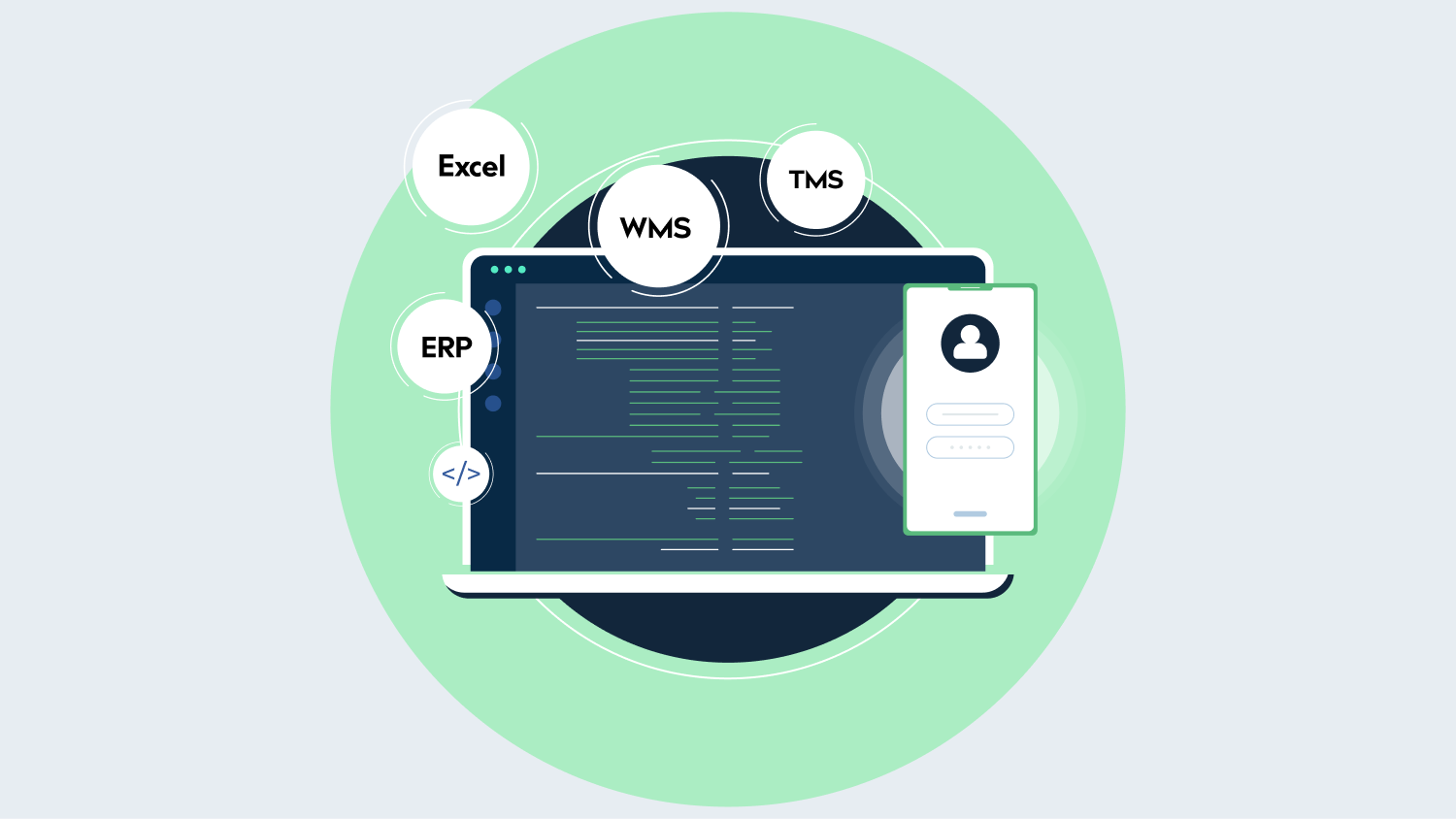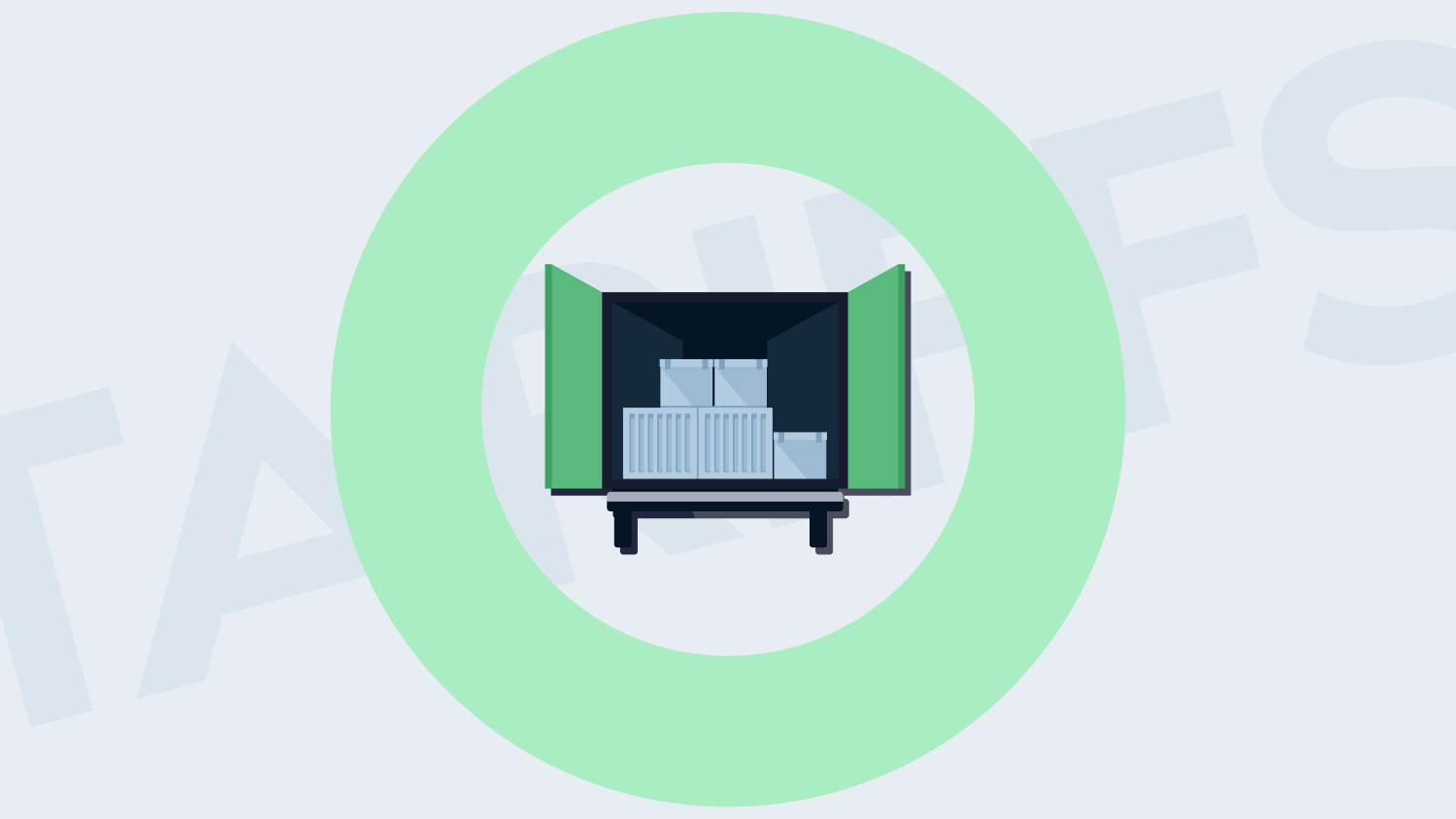Have you ever felt like your hard work on a supply chain project just doesn’t get the attention it deserves?
You’ve crunched numbers, analyzed data, and drawn conclusions, but sharing those findings effectively is a whole different challenge.
The truth is, presenting supply chain design insights isn’t just about sharing charts and data—it’s about telling a story. In fact, studies show that data presented within a story framework is up to 22 times more memorable than facts alone.
To make an impact, your analysis needs context, a clear journey, and actionable conclusions. When you tell a compelling story, people are more likely to understand, remember, and act on your findings.
So, let’s explore how to turn complex supply chain data into a narrative that resonates and drives action.
Communicating Supply Chain Design: The Art of Storytelling
Sharing supply chain design insights isn’t just about presenting data and facts. It’s about telling a story that resonates with your audience, guides them through your findings, and convinces them of the value of your recommendations.
Here’s a Reddit post for the example of the confusion that people are still facing about how to present data in the best way.

Too often, analysts make the mistake of viewing the output as just an arrangement of charts, graphs, and tables. But these visual aids alone won’t make a lasting impact unless they are presented within a meaningful context.
Telling a data story requires weaving facts, observations, and conclusions into a structured narrative that captures attention, provides clarity, and motivates action. According to Lydia Hooper, data storytelling is:

Quick Link: Supply Chain Scenario Planning – Preparing For The Challenges
Creating a Structured Narrative
Like any good story, a supply chain analysis should have a well-defined structure that guides your audience from the beginning to the end without ambiguity. For this you can use the Three Act Structure.

Let’s look at how you can adapt this framework to your supply chain design analysis:
1. Context – Setting the Scene
Every story begins with context, setting the scene for what comes next. In supply chain design, context is crucial because it lays the groundwork for why the project was undertaken in the first place. It provides the background information and explains the motivation behind the analysis.
Think of this as answering the question, “Why did we start this analysis?” Here, you want to establish the scope, goals, and reasons for the work you did. Give your audience a reason to care about your analysis by clearly defining the business problem that needed solving.
Example: “We began this supply chain design project to address declining delivery performance and rising logistics costs. Customer satisfaction had fallen by 10% in the last six months due to inconsistent delivery schedules, while transportation expenses had increased significantly, cutting into profit margins. Our goal was to uncover the root causes of these issues and identify opportunities to optimize both costs and service quality.”
2. Hypotheses – The Journey of Discovery
After establishing the context, the next part of the story involves the “complication,” or the journey of discovery. Here, you dive into the analysis itself – what were your hypotheses, what did you seek to test, and what were the key challenges you encountered?
To create a compelling narrative, highlight the major analytical steps you took, the methods you used, and any assumptions that guided your analysis. This part of the story should clearly outline how you approached the problem and what discoveries were made along the way.
Example: “Our analysis revealed several insights that supported our hypotheses. We found that one supplier accounted for more than 40% of all delayed shipments. Additionally, our warehouse utilization was imbalanced, with two facilities operating at almost full capacity while others were underutilized. Finally, we discovered that our routing plan did not fully account for recent changes in demand, leading to inefficient delivery routes.”
3. So What? – Calls to Action
Once you’ve provided the context and shared the key findings, it’s time to answer the question every stakeholder is asking: “So what?” This is where you translate your findings into actionable insights and recommendations. Your analysis should ultimately lead to a resolution—what actions do you propose as a result of your findings?
The “resolution” stage is about driving home the impact of your work and ensuring that your stakeholders understand the value of your recommendations. It’s not enough to simply present the findings; you need to connect those findings to real-world outcomes, explaining why they matter to the business and how they should be acted upon.
Example: “Based on the findings, we recommend rerouting shipments from the overburdened distribution center to an underutilized facility. This change could reduce delivery lead times by 15% and improve overall customer satisfaction by addressing the root cause of delays. We also recommend negotiating new agreements with unreliable suppliers to either improve their lead times or shift some of the volume to more dependable partners.”
Also Read: Best Practices in Supply Chain Design – Optimizing Efficiency
Building the Story Before the Analysis
A common mistake when presenting supply chain design findings is to try to fit the story around the data analysis. Instead, you should do the opposite – build the story first, then determine how the analysis fits into that story.
Start by outlining the message you want to convey: What is the central point of your analysis? What are the key takeaways you want your audience to remember? Once you have a clear storyline, go through your analysis and select the charts, graphs, and tables that support that storyline.
Avoid the Trap of Data Overload: Remember that you don’t need to include all the details of your analysis. In fact, including too much information can overwhelm your audience and dilute your message. Only include the pieces of analysis that directly support your key messages.
Designing for Clarity: Make the Slides Stand Alone
When presenting your findings, one important consideration is that your slides will likely take on a life of their own after your presentation. Stakeholders will share the presentation, refer back to it, and perhaps even use it to justify decisions. Because of this, it’s important to design each slide so that it can be understood independently, without the need for your commentary.
1. Use Narrative Headlines: Each slide should have a headline that conveys the main point you want your audience to take away. Instead of titling a slide “Warehouse Utilization Analysis,” use a narrative title such as “Imbalanced Warehouse Utilization Limits Efficiency Across the Network.” This way, even if someone only skims through the presentation, they’ll grasp the core insights from each slide.
2. Include a Short Narrative: Each slide should also contain a brief narrative that explains the content in simple terms. Use bullet points, brief sentences, and callouts on graphs to highlight the key messages. Keep in mind that not everyone will be familiar with the context, so make sure to spell out any acronyms and avoid technical jargon.
3. Focus on Key Visuals: Data visualizations are a key element of any analysis presentation, but it’s crucial that they support the story rather than distract from it. Only include charts and graphs that directly relate to your narrative, and ensure that they are easy to understand at a glance. Use clear labels, simple colors, and highlight the important points.
Conclusion: From Analysis to Impact
Completing the analysis is just one part of the supply chain design process. The real work comes in communicating those findings effectively—taking complex data and turning it into a clear, compelling narrative that inspires action.
To create lasting impact, you need to transform your analysis into a story with context, discovery, and resolution that resonates with your audience.
Sophus X is here to help you shape that story, turning intricate supply chain data into insights that drive meaningful decisions and strategic action.









